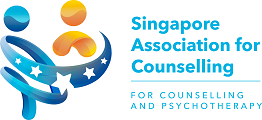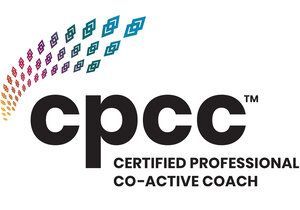“Grief is Simply Love with Nowhere to Go”

“Grief is Simply Love with Nowhere to Go”
Quote from Chris Hall Chief Executive Officer of the Australian Centre for Grief and Bereavement
As I sit down to write this piece, I’m reminded of a young woman, let’s call her Sally, who was utterly inconsolable after losing the love of her life 6 months before they were to be married. So profound was her sorrow, she struggled to find the strength to carry on. She was so enveloped in despair that it became difficult for her to distinguish whether it was her partner who had passed away or, in fact, herself. As a couple, they were not merely two separate individuals; they had become one. In losing him, she felt she had lost herself. Her pain was both physical and emotional.
Grief is often described as a heavy, inescapable weight, a profound and overwhelming sense of loss. Yet, at its core, grief is simply ‘love with nowhere to go’. When we lose someone we cherish—a partner, a friend, a family member—the emotional pain we experience is a pure reflection of the depth of our love for them. In my work, I have witnessed the myriad ways grief manifests in individuals, but I have also seen the transformative power of allowing ourselves to feel that love, even amidst the sorrow.
The Journey of Grief
Grief is not linear; it’s a journey filled with twists, turns, and U-turns. Let’s not forget those U-turns that catch us off guard—moments when we think we’re managing our grief, only to be blindsided by something unexpected. In an instant, we find ourselves spinning 360 degrees around the roundabout, heading right back down Grief Highway.
Grief encompasses a wide range of emotions—sadness, anger, confusion, and sometimes even guilt. There is often an unspoken expectation to "move on," to heal quickly, return to normal life. But, for anyone that has lost their ‘someone’, the thought of “moving on” is horrifying. It implies that life you shared, that love you shared, were simply moments, moments we can and should “move on” from, leave behind, in a sense forget. Instead we move forward in our grief. Move forward until we get to a place where it doesn’t hurt quite as much. Move forward till we get to a place where we can accept this new relationship we have with our someone. Embracing our grief in this way allows us to honour the love we shared with the person we have lost.
Acknowledging Emotions
The first step in traveling through grief is to acknowledge your emotions. It’s okay to feel sad, angry, or lost. It’s equally acceptable to experience moments of joy when remembering your loved one. These emotions are all part of the tapestry of love, even though they may feel conflicting. Allow yourself to sit with your feelings; give them space to breathe. Writing in a journal, talking to a trusted friend, or expressing your thoughts through art can help release the pent-up emotions associated with grief. Talking to a professional can also help guide you through this uncharted territory you never chose.
“Take Baby-steps and Wrap Yourself in Cotton Wool”
As you navigate through your grief, practice self-compassion. Understand that it’s okay to have bad days where the weight of your loss feels particularly heavy. Grant yourself permission to take your time. Engage in self-care activities that nurture your spirit— go for a massage, walk in nature, or simply taking a moment to breathe deeply. These small acts of kindness toward yourself foster healing and allow love to circulate within you.
The advice I gave Sally, and all of my grieving clients since, is to
Seeking Support
While the journey through grief can feel isolating, it is essential to seek support. Surround yourself with individuals who understand—friends, family, support groups, or a counsellor. Sharing your story and emotions can alleviate feelings of loneliness and create a sense of community. Remember that you are not alone on this journey; others have walked similar paths and can offer comfort and understanding.
Finding Meaning in Grief
One of the profound aspects of grief is the opportunity it provides to reflect on the love that was shared. Consider how you can keep your loved one’s memory alive. Create rituals or traditions that honour them—lighting a candle, cooking their favourite meal, or sharing stories about them with others. Such acts serve as a way to remember and also transform the grief into an ongoing expression of love. Sally once shared with me that she ‘mysteriously’ looked at her digital watch every day at the exact same time. The digits happened to reflect her fiancee’s date of birth. Seeing this every day, made her smile and served as a beautiful reminder of the love they both shared.
Embracing the Journey
Grief is an expression of love, a testament to the bonds we share, and a reminder that while our loved ones may be gone, the love we hold for them will always remain in our hearts. Embrace this process, and allow yourself the grace to move through it, step by step.
Ultimately, grief is not about forgetting, but about transforming love into something that can continue to exist, even in the absence of the individual. As we travel through the landscape of our emotions, we learn to carry our love with us, finding new ways to express it.
……….and as for Sally. With the love of family, friends and professional support she sought, she moved through her grief. She found love again and now has a family of her own. But every single day she looks at her watch at that ‘special time’ and she smiles, filled with love for her special person.










